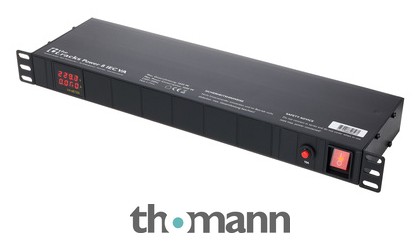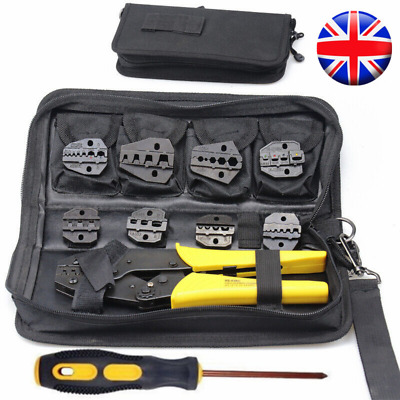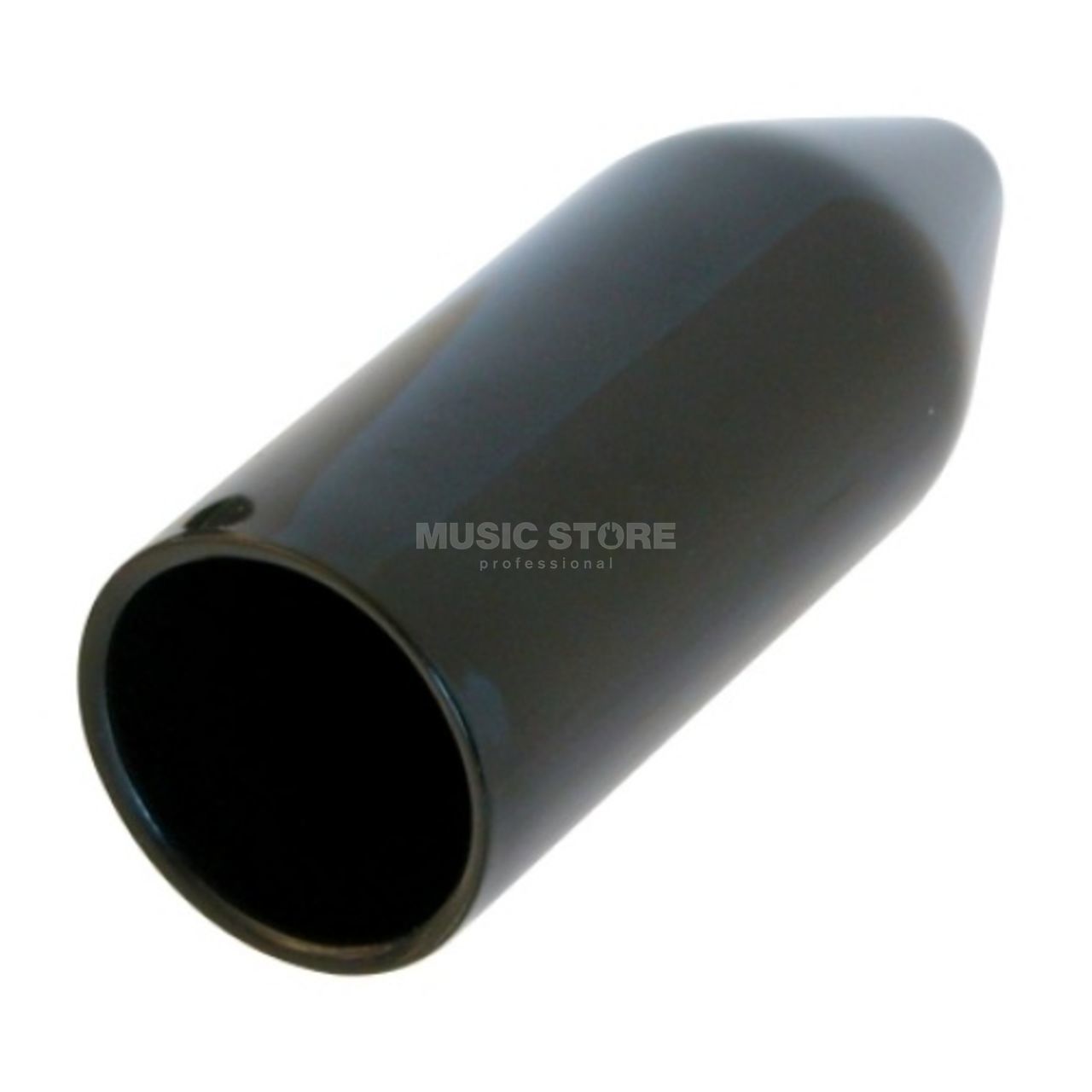Hi,
Just someone setting up a mobile soundsystem for small pubs/clubs with a few questions about a distro. People IRL can't seem to answer my questions and the pro-sound light forums generally get too much conflicting information.

I am about to build something like above. Except I am not paying £400+ for £100 worth of junk parts.
I have about half the stuff ready, case sockets, ammeters, I have a industrial changeover switch I intend to use so I can select between 16a, off and 32a on the input. I also want to know if Wylex mini RCBO type C are good RCBOs. I know some of the cheaper ones get grief, I also know that spending £50 per RCBO on Schneider might be overkill.
My questions pretty much come down to 6mm 4mm 2.5mm wiring, crimping/soldering for neutrik 20a powercons (and I know the answer is crimping but not sure if I should be using 4mm or 2.5mm wire) and terminal blocks/din placement. I also want to get a circuit tester built into the box but not sure where to get the parts, I'm sure there must be a kit for this now.
I know this is the welcome forum, so hopefully someone could direct me to the best forum diy/commercial for this. Hoping I can just share the project build and absorb any knowledge or advice like a big sponge.
Just someone setting up a mobile soundsystem for small pubs/clubs with a few questions about a distro. People IRL can't seem to answer my questions and the pro-sound light forums generally get too much conflicting information.
Penn Elcom 32A Rack Mount PDU With 8 x Neutrik powerCon Sockets PDU16-PC32 PennElcomOnline.com
2U 32 Amp AC Rack Mount PDU With 8 x Neutrik powerCon Sockets, Overload Protection & Power Monitoring 2U high Horizontal Mounting unit designed to provide versatile hook-up for the distribution of AC power within Multimedia Theatre & Tourin .... £427.03.Free P & P.
www.pennelcomonline.com
I am about to build something like above. Except I am not paying £400+ for £100 worth of junk parts.
I have about half the stuff ready, case sockets, ammeters, I have a industrial changeover switch I intend to use so I can select between 16a, off and 32a on the input. I also want to know if Wylex mini RCBO type C are good RCBOs. I know some of the cheaper ones get grief, I also know that spending £50 per RCBO on Schneider might be overkill.
My questions pretty much come down to 6mm 4mm 2.5mm wiring, crimping/soldering for neutrik 20a powercons (and I know the answer is crimping but not sure if I should be using 4mm or 2.5mm wire) and terminal blocks/din placement. I also want to get a circuit tester built into the box but not sure where to get the parts, I'm sure there must be a kit for this now.
I know this is the welcome forum, so hopefully someone could direct me to the best forum diy/commercial for this. Hoping I can just share the project build and absorb any knowledge or advice like a big sponge.


 .
.








